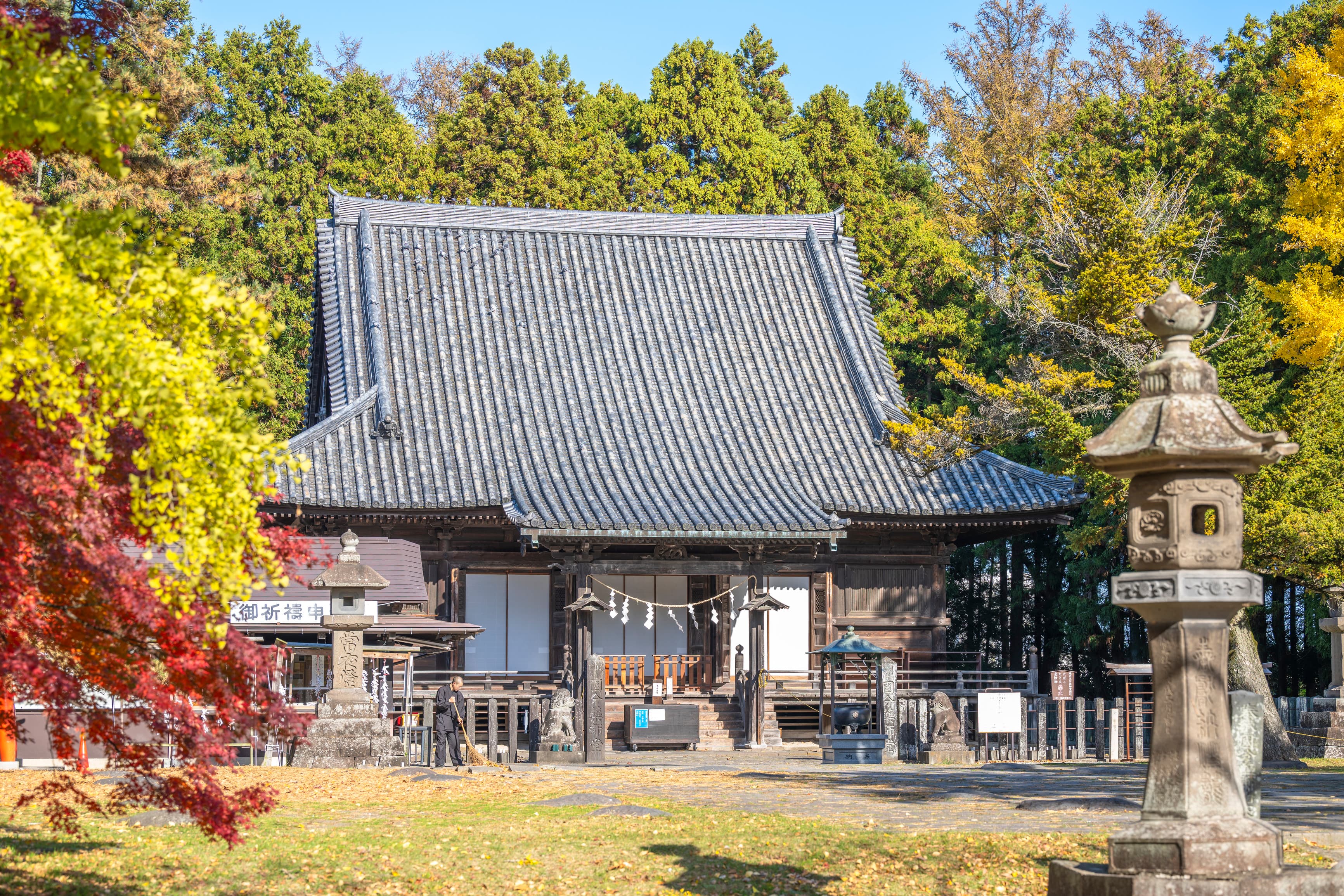
Mutsu Kokubun-ji
陸奥国分寺- Yakushido StationTōzai Line
- Walk 7 minutes
Mutsu Kokubun-ji is a historic Buddhist temple located in Wakabayashi Ward, Sendai City. It was originally founded in the year 741 by imperial decree of Emperor Shōmu as part of a nationwide initiative to promote Buddhism and unify the country under state-sponsored temples known as Kokubunji (provincial temples). Mutsu Kokubun-ji served as the central temple for the vast Mutsu Province, which covered much of northeastern Japan during the Nara period.
The original temple complex was immense, modelled after Tōdai-ji in Nara, and included a kondō (main hall), pagoda, lecture hall, and monks' quarters. Though the original structures were eventually lost due to natural disasters and warfare, archaeological excavations have revealed the scale and layout of the ancient temple.
The current temple was rebuilt during the Edo period by the Date clan, rulers of the Sendai Domain. Today, Mutsu Kokubun-ji continues to serve as a place of worship and historical reflection. Its grounds include a serene temple garden, several Edo-period structures, and stone monuments that commemorate its legacy.
Designated as a Historic Site of Japan, Mutsu Kokubun-ji stands as a reminder of early efforts to spread Buddhism across the country and the lasting cultural heritage of the Tōhoku region. The temple also hosts seasonal events and festivals, offering visitors a chance to connect with both its spiritual and historical significance.
At Hey Japan!, we strive to keep the places listed on our website as current as possible. However, it is important to note that location owners or management may make changes to their plans, including canceling events, altering opening times, or modifying admission requirements, without prior notice. To ensure that you have the most accurate information, we recommend checking official websites before visiting any location.
Last Updated:











